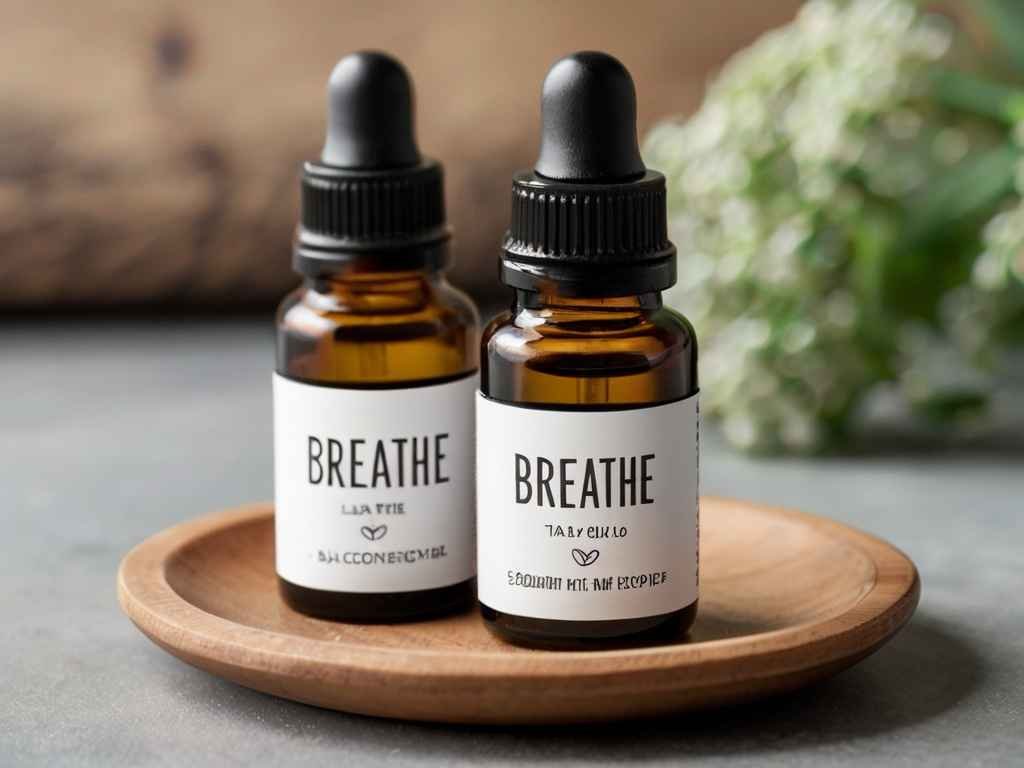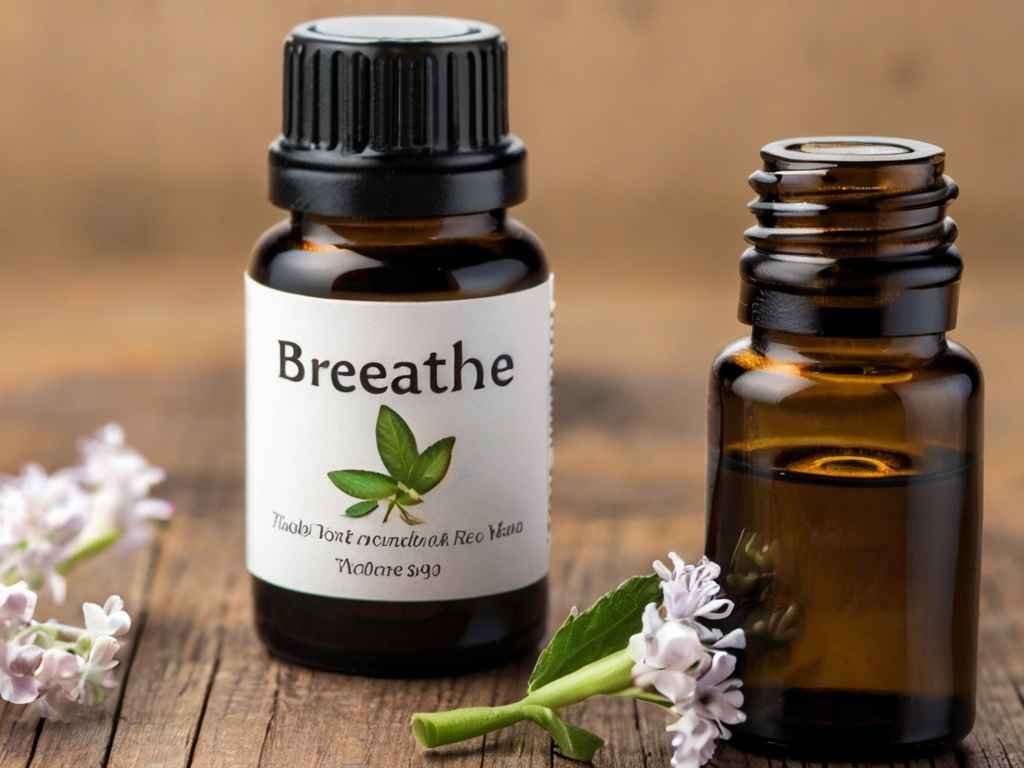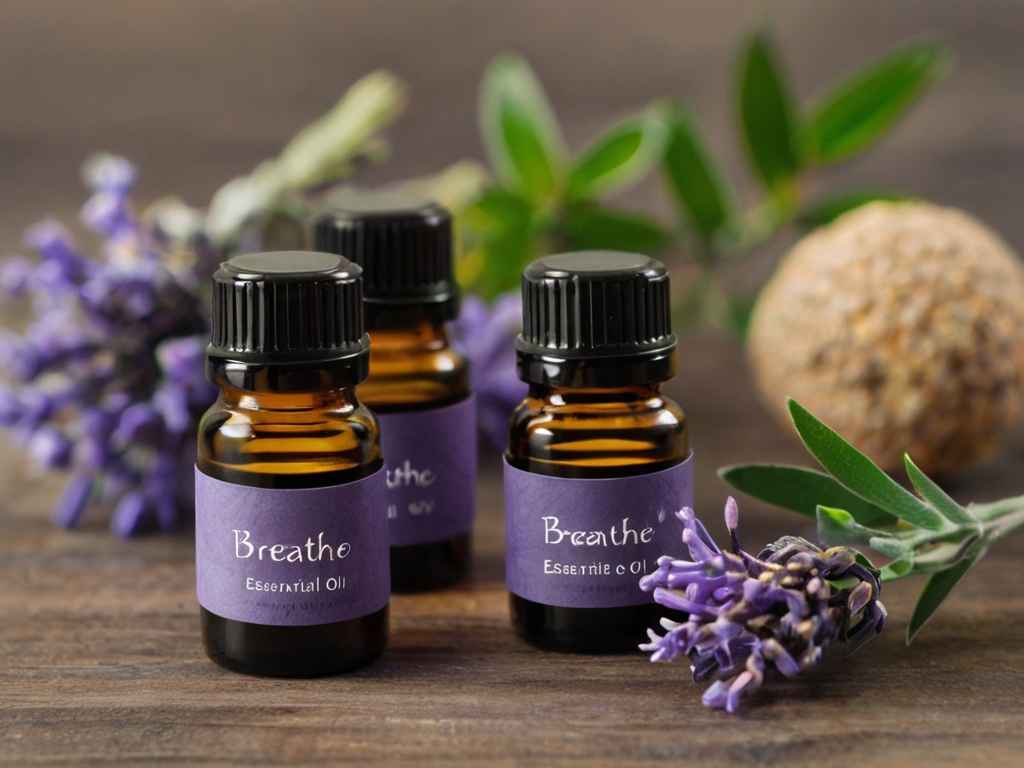Essential oils have been used for centuries for their therapeutic properties, and one of the most popular applications is for respiratory health. In this article, we’ll delve into the world of breathe essential oil recipes, exploring their benefits, ingredients, and how to make them at home.
Understanding Essential Oils
Essential oils are concentrated plant extracts obtained through various extraction methods such as distillation or cold pressing. They capture the aromatic compounds and therapeutic properties of plants, offering a natural alternative for health and wellness purposes.
Benefits of Essential Oils for Breathing
Relieving Respiratory Issues
Essential oils possess properties that can help alleviate common respiratory issues such as congestion, coughing, and sinusitis. They can promote clearer breathing and provide relief from respiratory discomfort.
Reducing Stress and Anxiety
Breathing exercises with essential oils can have a calming effect on the mind and body, reducing stress and anxiety levels. This relaxation can indirectly improve respiratory function by promoting deeper, more regular breathing patterns.

Essential Oils for Breathing
Eucalyptus Oil
Known for its decongestant properties, eucalyptus oil can help clear nasal passages and promote easier breathing. It also has antimicrobial properties that can support respiratory health.
Peppermint Oil
Peppermint oil contains menthol, which has a cooling effect and can help soothe respiratory discomfort. It may also aid in clearing the airways and reducing congestion.
Lavender Oil
While commonly associated with relaxation, lavender oil also has respiratory benefits. Its calming properties can help alleviate stress-related respiratory issues and promote peaceful breathing.
Tea Tree Oil
With its antibacterial and antiviral properties, tea tree oil can help combat respiratory infections and support overall respiratory health.
DIY Breathe Essential Oil Recipe
Basic Breathe Blend
- 3 drops Eucalyptus Oil
- 2 drops Peppermint Oil
- 2 drops Lavender Oil
Respiratory Relief Blend
- 2 drops Eucalyptus Oil
- 2 drops Tea Tree Oil
- 2 drops Peppermint Oil
Calming Breathing Blend
- 3 drops Lavender Oil
- 2 drops Chamomile Oil
- 1 drop Frankincense Oil
How to Use Breathe Essential Oil Recipes
These blends can be used in various ways:

- Diffusion: Add the blend to a diffuser and inhale the aromatic mist.
- Steam Inhalation: Add a few drops of the blend to hot water and inhale the steam.
- Topical Application: Dilute the blend with a carrier oil and apply to the chest or throat area for localized relief.
Precautions and Safety Tips
- Always dilute essential oils before topical application to avoid skin irritation.
- Use caution when inhaling essential oil vapors, especially in enclosed spaces, to prevent overexposure.
- Consult a healthcare professional before using essential oils, especially if you have underlying health conditions or are pregnant.
Conclusion
Breathe essential oil recipes offer a natural and effective way to support respiratory health and promote easier breathing. By harnessing the power of botanical extracts, you can create personalized blends that cater to your specific needs while enjoying the therapeutic benefits of aromatherapy.
FAQs
- Are essential oils safe for children? Essential oils can be safe for children when used appropriately and under the guidance of a healthcare professional or aromatherapist. However, it’s essential to dilute essential oils properly and avoid certain oils that may be too strong or irritating for children’s sensitive skin. Additionally, some essential oils are not recommended for use in young children or infants, so it’s crucial to research and consult with a healthcare provider before using essential oils on children.
- Can I ingest breathe essential oil blends? It is generally not recommended to ingest essential oils, including breathe essential oil blends, without proper guidance from a qualified aromatherapist or healthcare professional. Essential oils are highly concentrated and potent substances that can be harmful when ingested in large quantities or without proper dilution. Ingesting essential oils can cause adverse reactions and may lead to serious health complications. It’s safer to use essential oils for inhalation or topical application after dilution with a carrier oil.
- How often should I use breathe essential oil blends? The frequency of using breathe essential oil blends depends on individual preferences and needs. It’s essential to listen to your body and adjust the usage accordingly. For general respiratory support, using a breathe essential oil blend once or twice daily may be sufficient. However, if you’re experiencing acute respiratory issues or congestion, you may use the blend more frequently as needed. It’s essential to follow safety guidelines, such as proper dilution and avoiding overexposure.
- Can I mix different essential oils together? Yes, you can mix different essential oils together to create custom blends that suit your specific needs and preferences. Mixing essential oils allows you to harness the combined therapeutic properties of various oils for enhanced benefits. However, it’s crucial to research the properties of each oil and ensure compatibility before mixing them. Additionally, always dilute essential oils properly and perform a patch test to check for any potential skin sensitivities or allergic reactions.
- Are there any side effects of using breathe essential oil blends? While breathe essential oil blends are generally safe when used correctly, there can be potential side effects if used improperly or in excessive amounts. Some individuals may experience skin irritation or allergic reactions to certain essential oils, especially if they are not properly diluted or if they have pre-existing sensitivities. Additionally, inhaling essential oil vapors in large quantities or for prolonged periods may cause respiratory irritation or headaches in some individuals. It’s essential to use breathe essential oil blends cautiously and discontinue use if any adverse reactions occur. If you have any concerns or experience persistent side effects, consult a healthcare professional.


1 Comment
[…] Explore: Breathe essential oil recipe […]